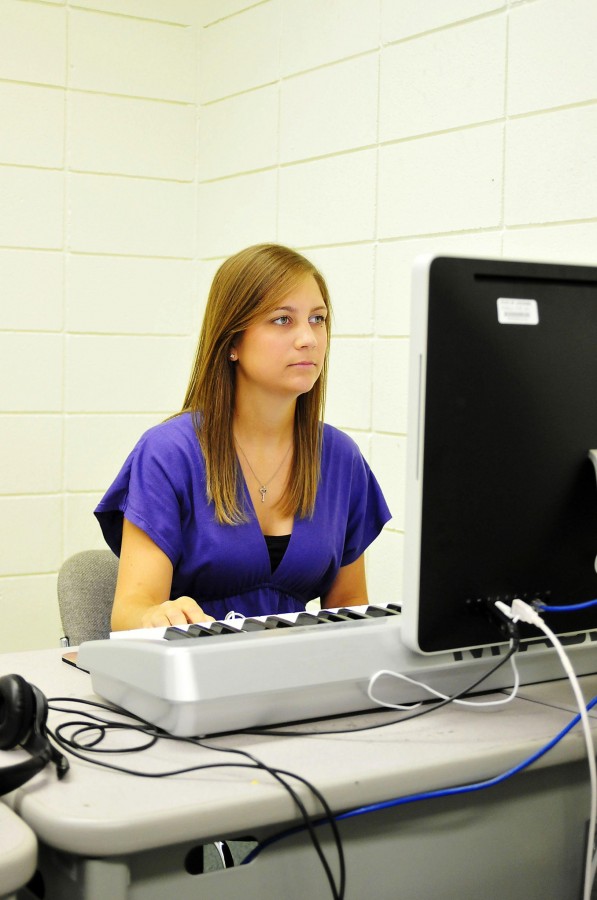For students enrolling next semester, Moodle will be the primary site used to access class information.
Moodle made an appearance on the University’s homepage at the beginning of the fall semester. Some classes have started using it this semester while others continued to use Blackboard.
Winter intercession classes will continue to use Blackboard. Starting in the spring, Moodle will be the main system to be populated. This means that the classes and the rosters will be added to Moodle. Teachers will then upload the material to their sections on Moodle.
“If a teacher wishes to still use Blackboard, they will have to request it,” Tom Bonvillain, director of academic computing, said.
Blackboard will still be available in the spring, but it will not be populated. Teachers are asked to get their material from Blackboard and switch over. The University has the license to run Blackboard until August of next year.
Moodle is made to be more of a teacher’s tool, Bonvillain said. Because it is teacher friendly, it is also student friendly.
The University switched to Moodle because of the financial cost associated with Blackboard. Moodle has been around for nine years.
“The financial uncertainty of Blackboard was one of the big drivers in switching to Moodle,” Bonvillain, said.
The decision to switch came from administration. Moodle has come a long way, Bonvillain said.
The difference between Moodle and Blackboard is not big, Bonvillain said. He said Blackboard just has more “bells and whistles” than Moodle.
“There is no cost to actually run Moodle if the University installs it and maintains it themselves,” Bonvillain said.
With Blackboard, the University was paying approximately $60,000 to host the system. With Moodle, the University pays virtually nothing for the program but must maintain it. Moodle’s costs come only from purchases like a server and salaries for those employees who maintain the system.
Other universities such as Louisiana State University go the other route and let Moodle run and maintain it for them. There is an option that Moodle can host and maintain it for the University, and this service would cost about $35,000. The University has not elected to choose this option.
“About three weeks ago, I saw about 300 classes with serious activity,” Bonvillain said.
On Moodle, you can see everything in one shot, Bonvillain said. Compared to Blackboard, Moodle has less buttons and is “flat.”
Blackboard has been used since 2000. It started in a grant in the College of Education and was a groundbreaking system in the field of course management, according to Bonvillain.
Teachers like certain aspects of Moodle, but they tend to agree that the system is not as simple as Blackboard and is more time consuming for teachers to use.
According to Kevin Breaux, associate professor of accounting, the grade book features in Moodle are much easier than Blackboard; however, the assignment section in Moodle is not user friendly.
“I have had difficulty with Moodle when I have to upload grades,” Breaux said.
“The set up of the course site on the teacher’s view is not as user friendly in Moodle as it was in Blackboard,” Breaux said.
Students are having mixed feelings about the new system. Some students are unsure about how hard it will be to get to know the ins and outs of the system. Other students are concerned about the differences between Moodle and Blackboard.
According to Maegan Parra, human performance education senior from Cut off, Moodle is a lot easier in terms of checking grades.
“It’s easy to navigate and not as confusing as Blackboard,” Parra said.
Mary Myers, education sophomore from Covington, said she thinks Moodle is pointless.
“Only one of my classes use Moodle, so to me it’s a waste,” Myers said.
Teachers who are using Moodle have only complained of small glitches. The system is working fine right now because the load on the system is relatively small, Bonvillain said. The real test of the system will come in the spring when more classes will be using the system.














